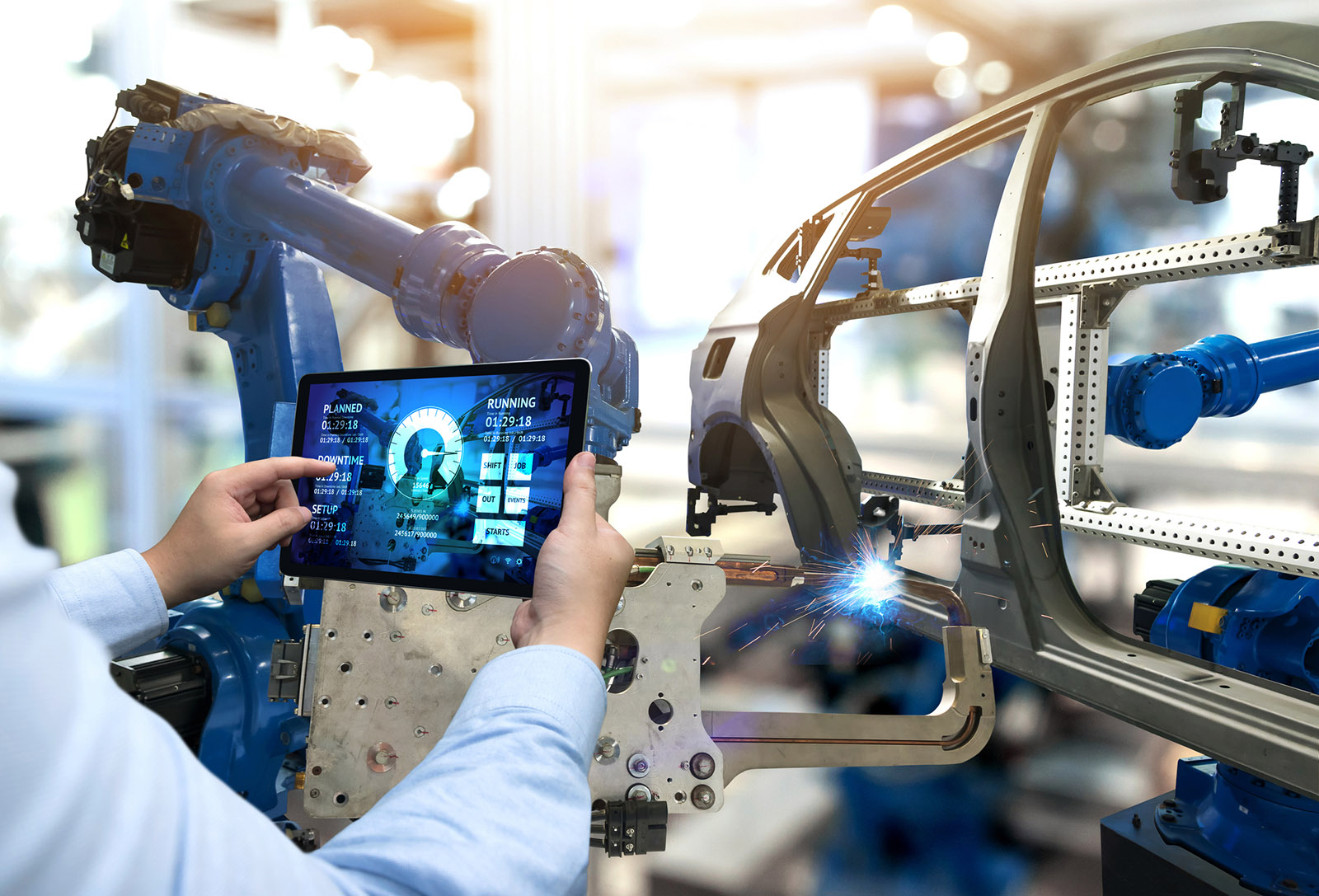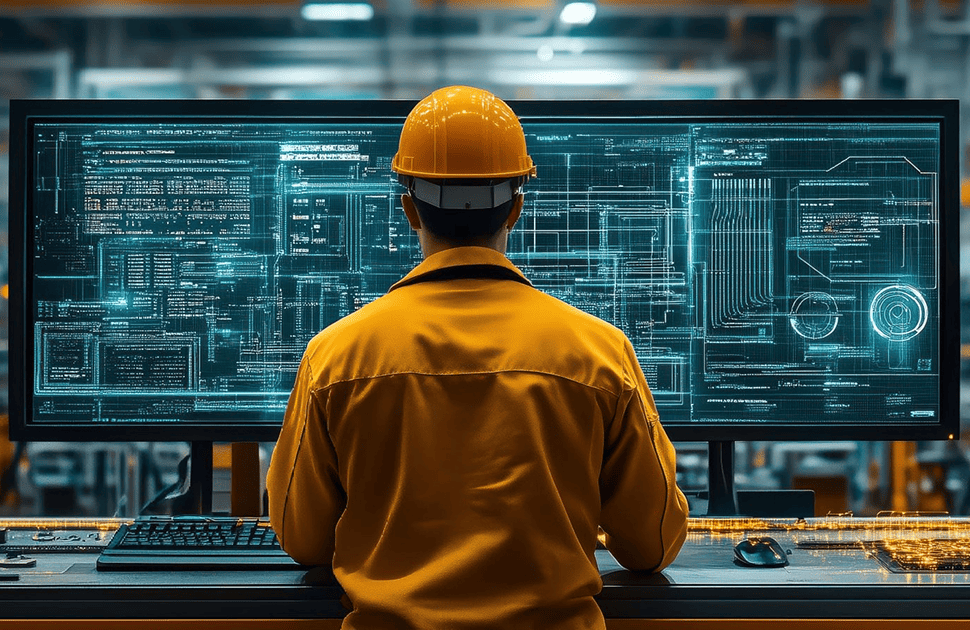In recent years, Artificial Intelligence (AI) has emerged as a transformative force across various industries, and the field of advanced inspection technologies is no exception. From Non-Destructive Testing (NDT) to predictive maintenance, AI is redefining how inspections are performed, analyzed, and interpreted. This integration of smart algorithms with inspection systems enhances accuracy, reduces human error, and improves overall operational efficiency.
AI in Advanced Inspection Technologies
AI plays a vital role in modern inspection systems by automating data analysis and pattern recognition.
Techniques such as machine learning (ML) and deep learning are being applied to interpret large volumes of inspection data generated from advanced NDT methods like
Phased Array Ultrasonic Testing (PAUT), Eddy Current Testing (ECT), and Electromagnetic Acoustic Transducer (EMAT).
These technologies generate complex signals and images that require expert interpretation — a task AI can now assist with by identifying anomalies, classifying defects, and even predicting potential failures.

Benefits of AI in Inspection
- Improved Accuracy: AI algorithms can detect subtle defects that might be overlooked by human inspectors.
- Speed and Efficiency: Automated data processing significantly reduces inspection time.
- Predictive Maintenance: AI models can analyze historical data to predict when equipment might fail, allowing for proactive maintenance planning.
- Standardization: AI reduces human subjectivity, ensuring consistent evaluation and reporting.
- Cost Reduction: With faster inspections and fewer shutdowns, overall operational costs are minimized.
Challenges and Limitations
Despite its advantages, AI in inspection still faces several challenges.
One of the main concerns is data quality — poor or inconsistent data can lead to inaccurate AI predictions.
Another limitation is the lack of domain-specific datasets for training models, as well as the need for collaboration between AI experts and experienced inspectors.
Additionally, industries must ensure that AI systems comply with safety and regulatory standards before deployment.
Future Outlook
The future of inspection lies in a hybrid model where AI complements human expertise.
As technology advances, AI systems will become more adaptive, explainable, and integrated with real-time monitoring tools.
In the near future, we can expect AI to assist not only in defect detection but also in inspection planning, risk assessment, and automated reporting — making inspections smarter, faster, and safer.
Conclusion
Artificial Intelligence is not here to replace human inspectors but to enhance their capabilities.
By merging computational intelligence with engineering experience, industries can achieve unprecedented levels of reliability and performance in inspection.
The collaboration between human expertise and AI innovation marks a new era in advanced inspection — one defined by precision, safety, and continuous improvement.
Author: Mohamed Gamil Khedr









